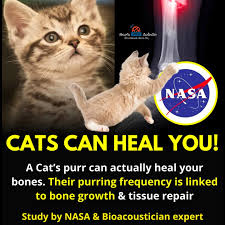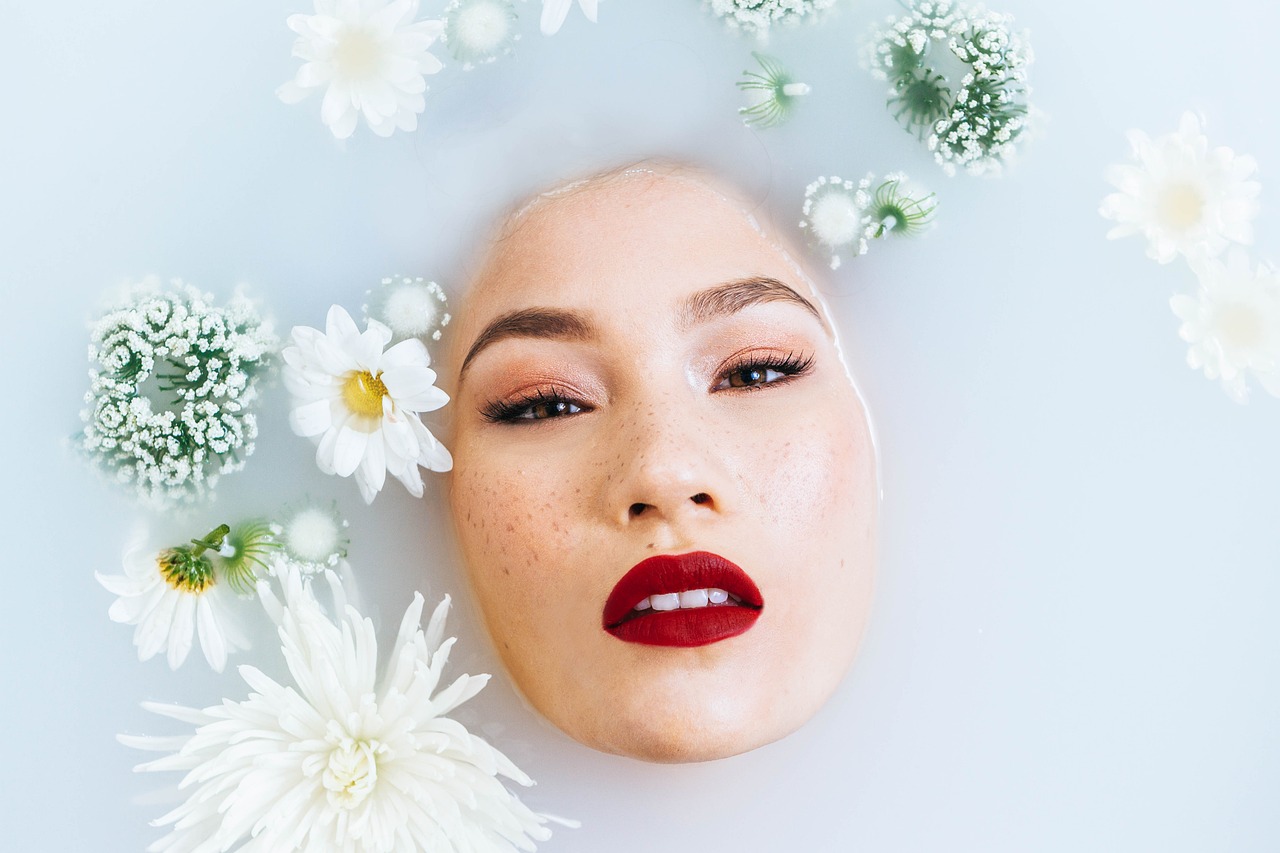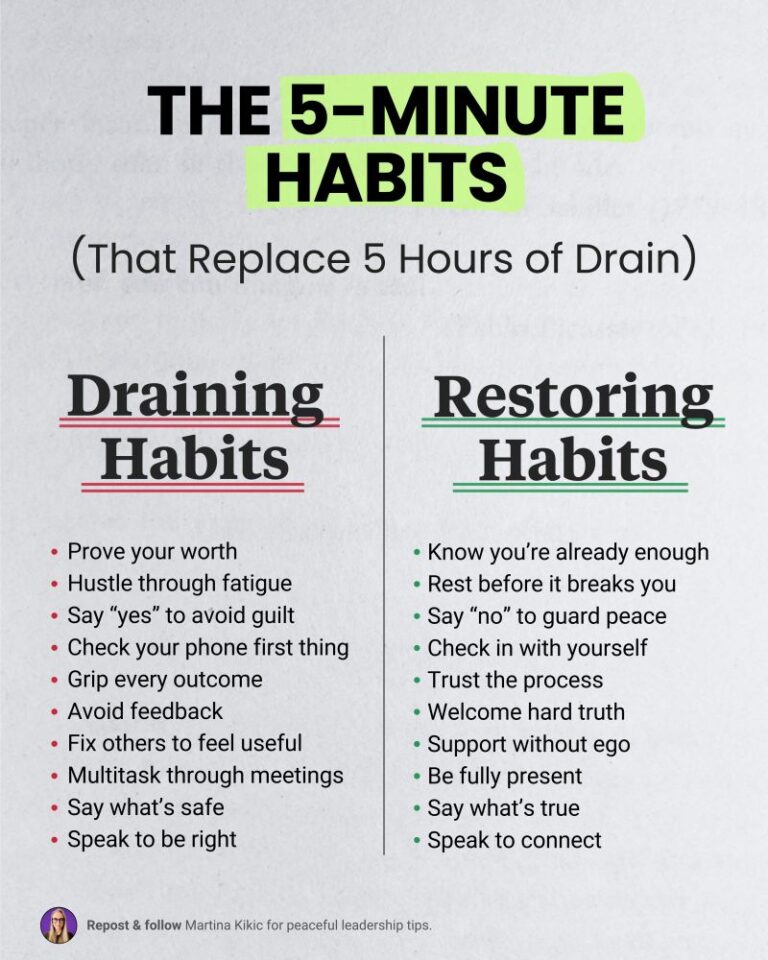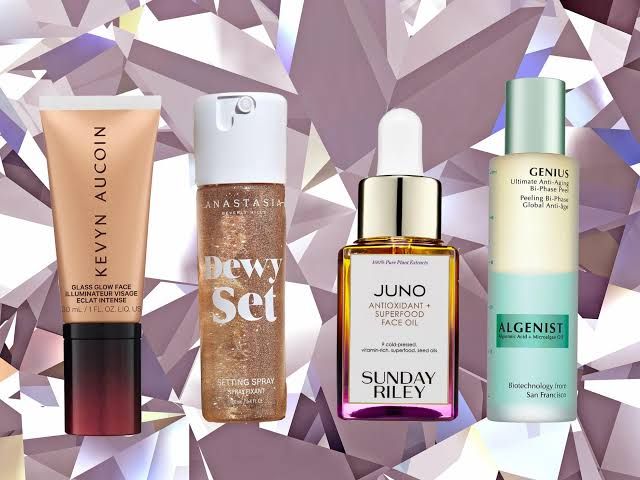
Did you know that your cat's purring can heal you?
Have you ever felt how a cat’s purr seems to instantly melt away your stress? It’s not magic, it’s science. Purr therapy —that warm, vibrant sound cats make when petted—is much more than a sign of pleasure: it’s a natural therapeutic tool.
Studies reveal that their frequencies (between 20 and 150 Hz) coincide with those used in medicine to accelerate bone healing, regenerate muscles, and even relieve chronic pain. More than companions, cats are silent allies of our well-being, capable of comforting the soul and, literally, healing the body from within.
The Healing Vibration: How Purring Works on the Human Body
When a cat purrs, it doesn’t do so just for pleasure. Its body produces a rhythmic mechanical vibration that acts as a kind of “therapeutic echo.” These vibrations generate physiological effects in those who perceive them, such as a reduction in cortisol , one of the main stress hormones.
Additionally, an increase in the release of serotonin , a neurotransmitter essential for emotional stability, has been recorded . This explains why so many people find their cats to be a constant source of comfort and emotional balance, especially during times of chronic stress, anxiety, or sadness .
Snore therapy: a practice with scientific support
Science has begun to take the impact of feline purrs seriously. Research from the Journal of the Acoustical Society of America and other clinical studies have shown that the frequencies produced by purring have a positive effect on:
-
Bone consolidation , by stimulating the regeneration of bone tissue.
-
Pain reduction , functioning as a form of natural vibrational therapy.
-
Improvement in blood pressure , thanks to relaxation induced by prolonged exposure to sound.
-
Postoperative recovery , where patients with cats tend to show better progress.
These observations have opened the door to a new field of human-animal well-being known as purr therapy , a practice increasingly recognized by veterinarians, psychologists, and alternative therapists.
[You might be interested in: Why do cats put their butts in your face? Experts explain why ]
A source of balance in a fast-paced world
In the age of hyperconnectivity , emotional exhaustion and overstimulation are common problems. Purring, in this context, acts as a form of auditory mindfulness . Listening to a cat purr forces us to stop, breathe, and connect with the present moment.
This type of emotional connection has measurable effects: decreased heart rate , improved heart rate variability , and an overall sense of well-being. These aren’t just subjective impressions; they are real reactions of the body to a stimulus that, while subtle, is profoundly effective.
Psychological benefits of purring: beyond comfort
Cats not only provide companionship, they also provide emotional stability . Their routines, predictable behavior, and physical closeness create a sense of security , especially for people who live alone or suffer from mood disorders.
In cases of mild to moderate depression , living with a cat and being exposed to its purr has been observed to act as a protective factor , helping patients maintain a routine and feel supported. Even in children with autism spectrum disorders , purring has been shown to have calming effects, helping to regulate behavior and anxiety.
A medicine without side effects
Unlike drugs or invasive treatments, purring is a non-drug therapy with no adverse effects that can be easily integrated into everyday life. Simply allow the cat to approach, cuddle, and express itself. It requires no tools, technology, or specialized training.
This accessibility makes purr therapy an ideal option for those seeking natural and holistic alternatives to improve their emotional and physical health.
Who benefits most from purr therapy?
Although anyone can enjoy the benefits of purr therapy, there are certain groups that are particularly favored:
Older adults , who often face loneliness and age-related bone problems.
Patients in postoperative recovery , due to the positive effect of purring on healing.
People with generalized anxiety , since purring acts as a natural emotional stabilizer.
Children and adolescents , helping to reduce hyperactivity, insomnia and academic stress.
The human-feline bond as a pillar of comprehensive health
Adopting a cat is much more than just adding a pet to your home. It’s establishing a symbiotic relationship where both partners nourish each other. The human provides care, food, and security; the cat returns affection, companionship, and a natural healing tool .
Furthermore, the simple act of caring for another living being has a transformative effect on our perception of the world. It forces us to be more empathetic, more responsible, and to live with greater awareness of the present. Purring , as the sonorous thread that unites this relationship, becomes a tangible expression of that bond.
Conclusion: The power of purring, within everyone’s reach
A cat’s purr isn’t just background noise: it’s a symphony of well-being , an immersive therapy that connects us with what’s essential. In a world where quick, artificial solutions abound, this ancient, silent remedy is emerging as one of the most accessible, effective, and pleasurable ways to take care of our health.
So the next time your cat curls up next to you and starts purring, don’t dismiss it as a coincidence. You are witnessing—and benefiting from—a natural form of vibrational healing , an act of love that transcends words and literally heals with sound .







